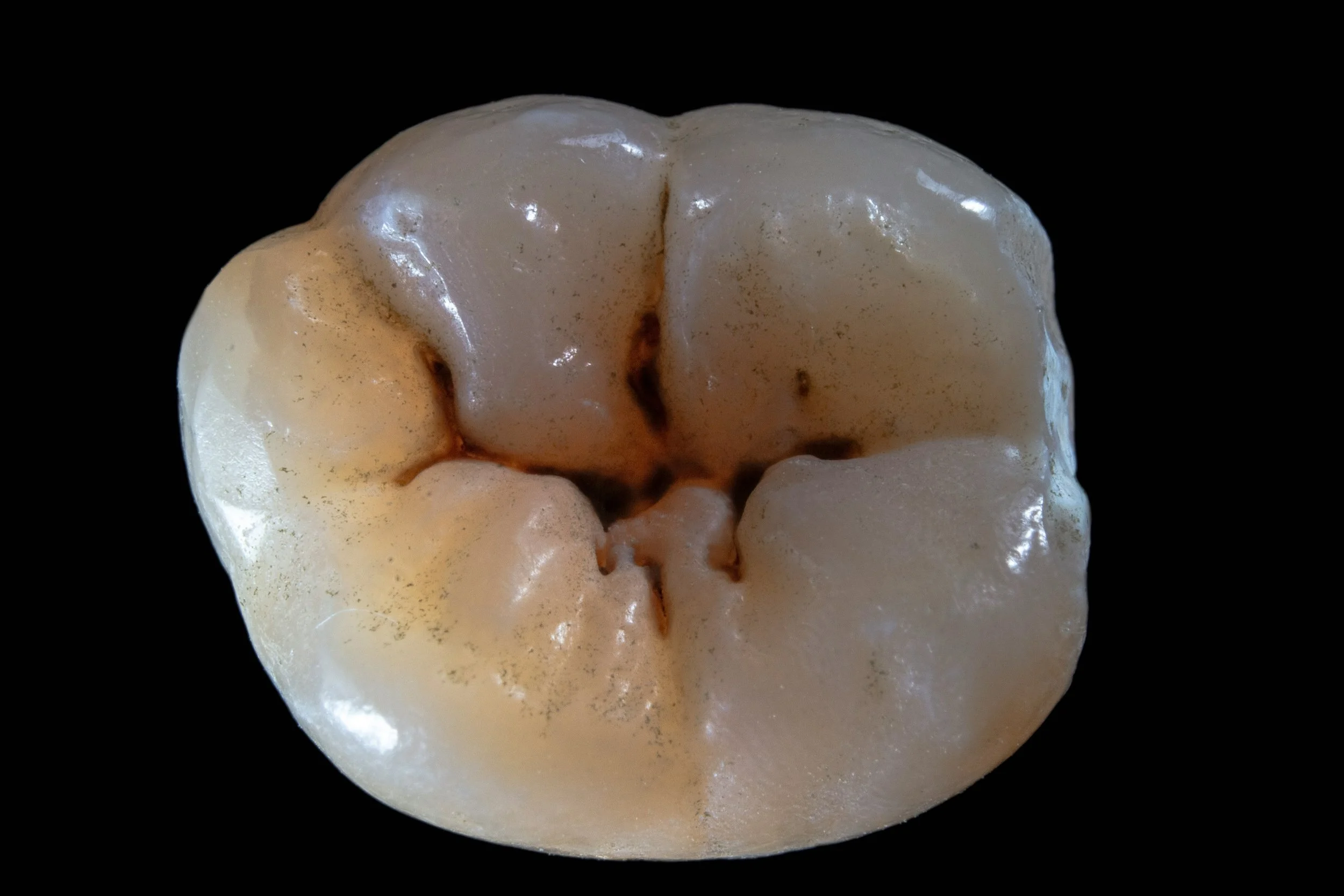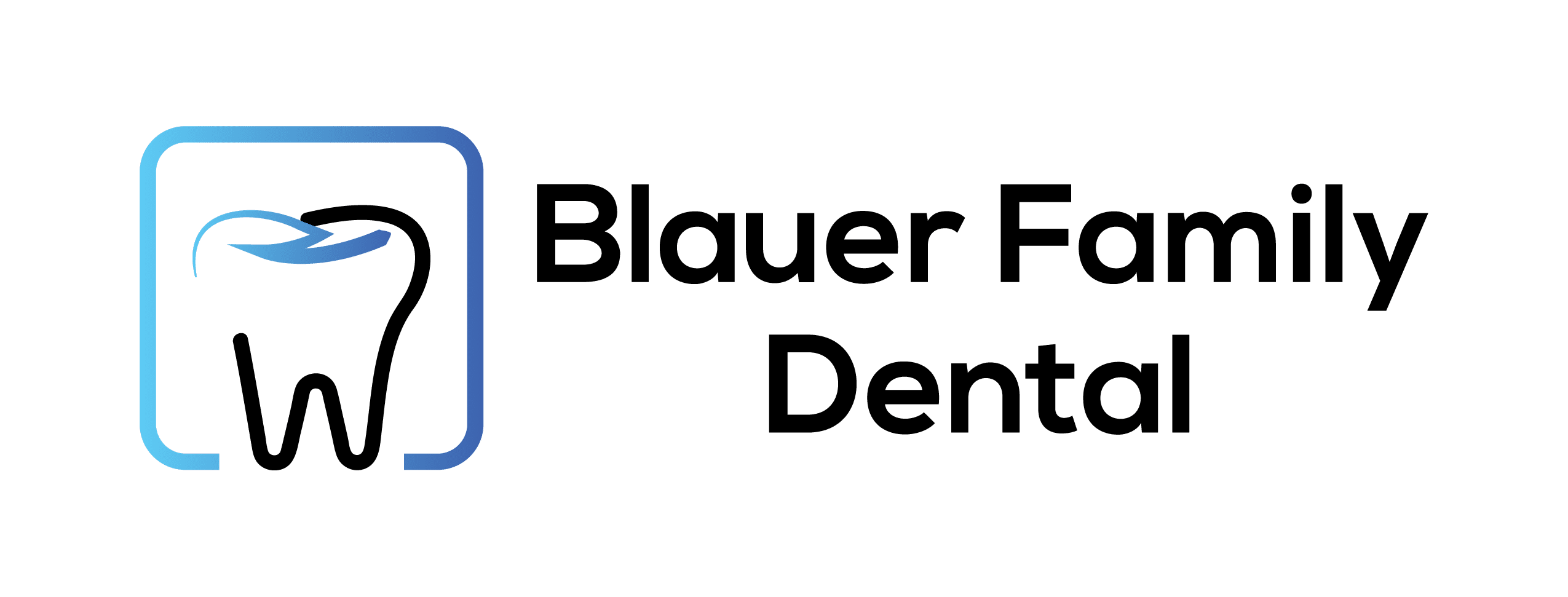Cavities are among the most widespread chronic conditions affecting both children and adults, yet many people don’t fully understand what they are or how they form. If you’ve ever asked yourself, “what are cavities?”, you’re not alone.
Cavities, also known as dental caries, are permanent damage areas on the surface of teeth that develop into tiny holes or openings. Left untreated, they can lead to pain, infection, and even tooth loss.
Understanding what cavities are, what causes them, how to spot them early, and when to seek help is key to maintaining a healthy mouth and avoiding more complex dental procedures. Whether you’re brushing up on your dental knowledge or concerned about a possible cavity, this in-depth guide is for you.
Let’s Map Out This Topic
-
What are cavities, and how do they form?
-
What are cavities caused by?
-
Early signs you might have a cavity
-
When to see a dentist near Deadwood
-
Prevention tips and treatment options
What Are Cavities?
Cavities are permanently damaged areas in the hard surface of your teeth that develop into tiny openings or holes. They begin when the outer enamel layer of a tooth becomes weakened by acid and bacteria.
Over time, this erosion can progress through the enamel into the softer dentin underneath, and eventually even reach the inner pulp, where nerves and blood vessels reside.
Cavities don’t happen overnight. They’re the result of ongoing processes that involve diet, oral hygiene habits, saliva flow, and other factors.
If not caught and treated in their early stages, cavities can lead to more serious dental problems, including root canal infections and tooth extraction.
Understanding What Are Cavities Caused By
So, exactly what are cavities caused by? In simple terms, they’re the result of tooth decay, a process driven by the interaction between harmful bacteria in the mouth and the sugars found in food and drink. This chain reaction weakens the protective outer layer of the teeth and, over time, can create small holes or pits known as cavities. The decay process unfolds in several key stages:
Plaque Formation
Every time you eat, especially foods containing sugars or starches, bacteria in your mouth feed on the remnants. In response, they produce a sticky, colorless film called dental plaque, which clings to the tooth surfaces, especially in hard-to-reach areas like between teeth or along the gumline.
If not removed regularly through brushing and flossing, this plaque hardens into tartar, making it even more difficult to clean your teeth and giving bacteria a stronger foothold.
Acid Attack
The bacteria within plaque metabolize sugars and starches, producing acids as a byproduct. These acids are highly destructive to tooth enamel, initiating the demineralization process.
This means they begin stripping away essential minerals, such as calcium and phosphate, that make up the enamel’s hard structure. Unlike other parts of the body, enamel does not regenerate once lost, making this stage particularly critical in cavity development.
Enamel Breakdown
As acid exposure continues over time, the enamel weakens and begins to erode. Microscopic pores form first, then small lesions, eventually leading to a visible cavity. Once the decay breaches the enamel and reaches the softer dentin layer beneath, the damage accelerates.
Dentin contains small tubules that lead directly to the tooth’s nerve, making the tooth more sensitive and vulnerable to pain. If left unchecked, the decay can penetrate deeper into the pulp, where infection and significant discomfort become much more likely.
It’s important to note that tooth decay doesn’t happen in isolation. Several other factors can increase your susceptibility to cavities, including how frequently you eat, how well you clean your teeth, the type of foods you consume, and even how much saliva your mouth produces.
Combined, these variables can create an environment where cavities thrive—especially without regular dental care and proper hygiene routines.
However, other contributing factors can also increase your risk of developing cavities:
-
Frequent snacking or sipping sugary drinks: This creates a constant food source for bacteria.
-
Poor brushing and flossing habits: Inconsistent oral hygiene leaves plaque and food debris on your teeth.
-
Inadequate fluoride exposure: Fluoride helps repair early enamel damage and strengthen teeth.
-
Dry mouth (xerostomia): Saliva neutralizes acids and washes away bacteria. Reduced saliva flow—often caused by medications, aging, or health conditions—can raise cavity risk.
-
Acid reflux or GERD: Stomach acid entering the mouth can erode enamel, just like plaque acids.
-
Mouth breathing: This can dry out the mouth and limit saliva’s protective effects.
-
Worn or damaged dental restorations: Fillings or crowns that don’t fit properly can trap plaque and bacteria.
-
Genetics: Some people are more susceptible to cavities due to natural enamel thickness, saliva composition, or tooth shape.
By recognizing these additional risk factors, individuals can take more targeted steps to prevent decay, like managing dry mouth, using fluoride products, and addressing acid reflux.
Signs You Might Have a Cavity

Cavities can vary in visibility and pain level, depending on their size and location. You may not notice a cavity in its earliest stages, which is why regular dental checkups are crucial. Some common signs that may indicate a cavity include:
-
Toothache or spontaneous pain without a clear cause
-
Tooth sensitivity, especially when eating or drinking something hot, cold, or sweet
-
Visible holes or pits in your teeth
-
Brown, black, or white staining on the surface of a tooth
-
Pain when biting down
If you notice any of these symptoms, it’s important to contact your dentist promptly. Early intervention can stop the decay from spreading and preserve more of your natural tooth.
How Cavities Progress Over Time
Cavities don’t stop progressing unless they’re treated. Here’s what happens at each stage:
-
Demineralization: White spots may appear on the enamel as minerals are lost.
-
Enamel Decay: The enamel starts to break down, forming a small cavity.
-
Dentin Decay: The decay reaches the softer layer beneath the enamel, accelerating the damage.
-
Pulp Involvement: Once the decay hits the pulp, infection and severe pain are common.
-
Abscess Formation: The infection can spread beyond the tooth into surrounding tissues.
Each stage not only increases the discomfort but also the complexity—and cost—of treatment. That’s why early detection is so important.
Why Location and Age Matter
Certain teeth and age groups are more vulnerable to cavities. Molars and premolars, with their grooves and crevices, are harder to clean and more likely to trap food and plaque. Children, teens, and older adults also tend to have a higher risk due to either developing or weakening enamel.
Dry mouth, common among seniors and people taking specific medications, further increases cavity risk because saliva plays a critical role in neutralizing acids and washing away food particles.
When to Visit a Dentist
Catching cavities early can make a significant difference in preserving your natural teeth and avoiding the need for more invasive procedures. Cavities often begin quietly, without any noticeable symptoms. As they progress, though, they can lead to pain, infection, and more complex treatments.
Routine dental exams are essential, even when your teeth feel fine. Dentists use a combination of visual evaluations, gentle probing, and X-rays to detect early signs of decay. These tools help catch cavities at a stage when they can often be treated quickly and with minimal intervention.
You should consider scheduling a dental visit if you:
-
Notice tooth pain or sensitivity, especially when consuming hot, cold, or sweet foods and drinks
-
See discoloration, dark spots, or small pits forming on a tooth
-
Experience pain when chewing or biting down
-
Haven’t had a dental checkup or cleaning in more than six months
If you’re located in the Northern Black Hills, visiting a dentist near Deadwood can help ensure cavities are caught early and addressed before they become more serious. Regular visits are one of the best defenses against tooth decay and its potential complications.
Treatment Options for Cavities

The right treatment for cavities depends on how far the decay has progressed. In its earliest stage, a cavity might still be reversible. Fluoride treatments can help remineralize the enamel and halt further decay before a hole forms. This is most effective when the decay is caught early during a routine dental exam.
When a cavity has developed beyond the point of remineralization, the standard treatment is a dental filling. The decayed material is removed, and the space is filled with a tooth-colored composite to restore function and prevent further damage.
If a larger portion of the tooth has been compromised, a crown may be necessary. Crowns cover and protect what’s left of the tooth structure, offering durability and improved appearance.
In cases where the decay reaches the inner pulp of the tooth, a root canal may be required. This involves removing the infected tissue, disinfecting the root canals, and sealing them to protect against further infection.
When a tooth is severely damaged and cannot be saved, extraction may be the only option. After removal, your dentist can discuss options for replacement, such as dental implants or bridges, to restore your bite and smile.
Can Cavities Be Reversed?
The idea of reversing a cavity may sound too good to be true, but in its very earliest stage, tooth decay can sometimes be stopped and even repaired without the need for a filling.
This initial stage is known as demineralization, where the enamel begins to lose essential minerals due to frequent acid exposure from bacteria and sugars. At this point, no physical hole has formed in the tooth yet, which means there is still an opportunity for intervention.
When demineralization is detected early, it’s possible to halt or reverse the process by encouraging remineralization. This involves restoring minerals like calcium and phosphate to the tooth’s surface, strengthening it against future acid attacks. Several strategies support this:
-
Fluoride treatments, either through toothpaste, mouth rinses, or in-office applications, can significantly enhance remineralization by hardening weakened enamel and making it more resistant to future decay.
-
Improved oral hygiene is also critical. Brushing twice daily with fluoride toothpaste and flossing removes plaque and food particles that feed bacteria.
-
Dietary changes, such as reducing sugar intake and avoiding frequent snacking, can reduce the frequency of acid attacks on your enamel.
-
Staying hydrated helps maintain adequate saliva flow, which plays a natural role in neutralizing acids and delivering minerals to your teeth.
However, once the enamel is breached and an actual cavity has formed, it cannot heal on its own. At that stage, professional dental intervention is necessary. A dentist may recommend a filling, crown, or other restorative treatment depending on the extent of the decay.
This is why regular dental checkups and early detection are so important—they give you the best chance to stop decay in its tracks before it leads to permanent damage.
Preventing Cavities: What Works
Cavities are preventable with consistent habits and smart choices. Here’s what you can do:
-
Brush your teeth twice a day with fluoride toothpaste
-
Floss daily to remove plaque between teeth
-
Limit sugary snacks and drinks, especially between meals
-
Drink water throughout the day
-
Use dental products that contain fluoride
-
Visit your dentist for regular cleanings and exams
Children and teens can benefit from sealants, a protective coating applied to the chewing surfaces of back teeth. Adults at high risk might need prescription fluoride or antibacterial mouth rinses.
The Role of Diet in Cavity Formation
Your diet plays a major role in your oral health. Frequent consumption of carbohydrates and sugars fuels the bacteria that produce acid and erode enamel. Even “healthy” snacks like granola bars, dried fruit, and fruit juices can be high in sugar and sticky in texture, both of which promote decay.
Balancing your meals with fiber-rich fruits and vegetables, dairy products, and water can help minimize acid attacks and support enamel health.
How Saliva Protects Against Cavities
Saliva is often overlooked but essential for cavity prevention. It helps:
-
Neutralize acids
-
Wash away food debris
-
Repair enamel through a process called remineralization
Conditions that reduce saliva, like certain medications, aging, or mouth breathing, can drastically increase your risk of cavities. If you suffer from dry mouth, talk to your dentist about solutions like saliva substitutes or lifestyle changes that can help.
A Little Knowledge Goes a Long Way
Knowing what are cavities and how they develop is the first step in protecting your smile. Cavities are common, but with daily care, regular checkups, and early intervention, they’re highly manageable. Whether you’re dealing with sensitivity, discoloration, or simply want to prevent problems before they start, staying informed can make a significant difference.
Understanding the full picture, from how cavities form to what causes them and how they progress, empowers you to take control of your oral health. Paying attention to early signs, maintaining strong daily hygiene habits, and making thoughtful dietary choices can help reduce your risk.
Dental decay may be widespread, but it’s also largely preventable. With consistent effort and awareness, most people can avoid the discomfort and complications that untreated cavities can bring. A little knowledge truly does go a long way when it comes to keeping your teeth strong, healthy, and pain-free.
References – What Are Cavities?
-
American Dental Association (ADA). “Tooth Decay (Caries or Cavities).” https://www.mouthhealthy.org
-
Centers for Disease Control and Prevention (CDC). “Dental Caries (Tooth Decay).” https://www.cdc.gov
-
National Institute of Dental and Craniofacial Research (NIDCR). “Dental Caries.” https://www.nidcr.nih.gov
